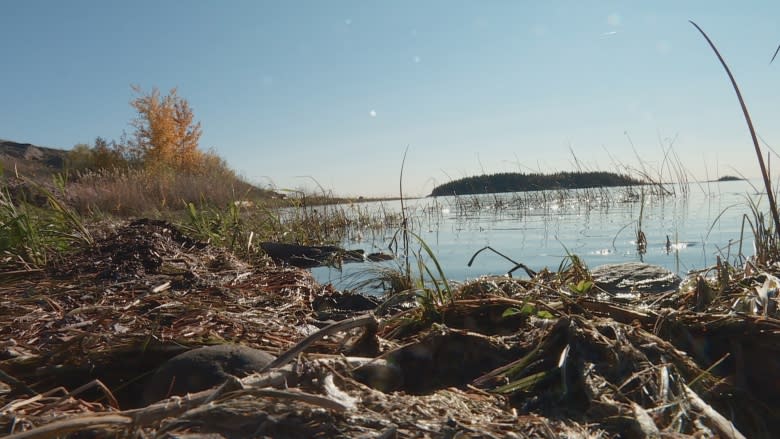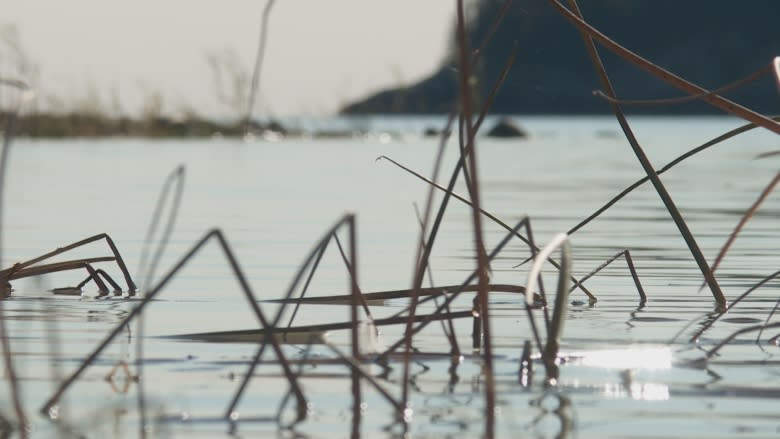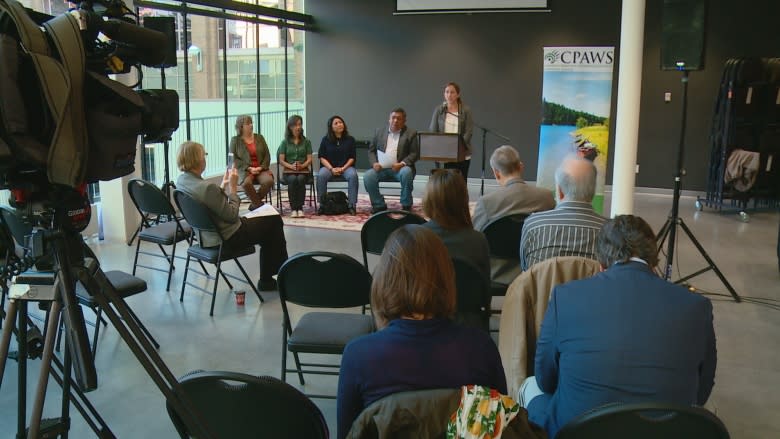Groups urge UNESCO to put Wood Buffalo National Park on 'in danger' list
Melody Lepine smiles when she first describes Wood Buffalo National Park.
"It's beautiful," Lepine said. A moment later, she adds: "But severely impacted in terms of water loss."
Lepine is from the Mikisew Cree First Nation, located just east of the giant national park. She was speaking at a press conference called by environmental groups who spoke today with representatives from the United Nations Organization for Education, Science and Culture (UNESCO).
The U.N. group is on a 10-day tour to learn more about the health of Wood Buffalo National Park, Canada's largest national park and a UNESCO world heritage site.
Industry, government and First Nations groups will all be speaking with the UNESCO visitors about the Athabasca Delta, which some say is changing.
"We have no choice, this is our life, our way of life, we can't give up we have to keep pushing," said Chief Steve Courtoreille of the Mikisew Cree First Nation. "Many years ago there were barges that would take supplies into the delta and now the areas where they used to go, you can't even make it with a canoe, that is how bad it is."
If UNESCO decides to place the park on its in-danger list, the U.N. will eventually issue recommendations to the Canadian government. The recommendations, however, are not legally binding.
Still, the groups are glad their concerns about water levels are being raised.
"We are hoping that this mission encourages Canada and the provinces...to take corrective action to improve the quality and quantity of the ecosystem, the water, the Peace-Athabasca Delta and the broader ecosystem within the park," said Alison Ronson with CPAWS Northern Alberta.
The decision itself might not be made until the summer of 2017.
"What the Elders of Chateh, which is a place up by High Level, have told us is about hope, " said Jule Asterisk with the organization, Keepers of the Water. "We are not permitted to give up hope because it is our responsibility to pass hope to future generations.
Alison Woodley, who directs Canadian Parks and Wilderness Society's park program, says Canadians and the federal government should take the monitoring mission seriously.
"It is a big deal to have a reactive monitoring mission sent to a World Heritage Site," Woodley said.




